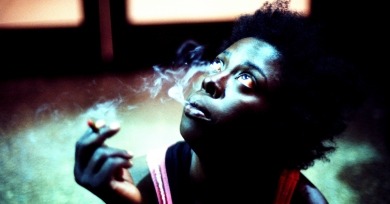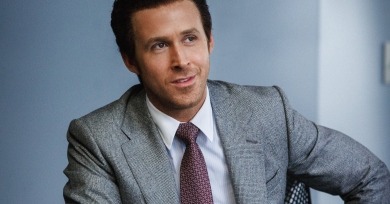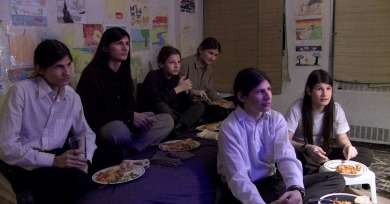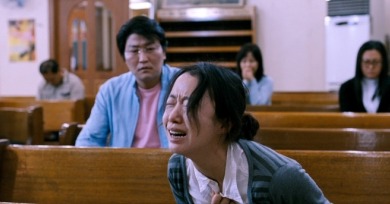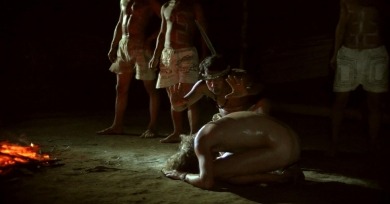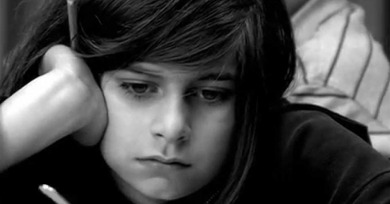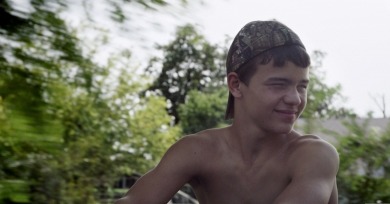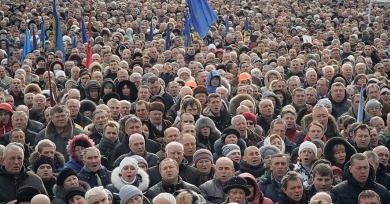True Stories
No loitering scene can ever be truly fictional. Whatever other purpose they serve, these spontaneous street portraits are primarily about how people carry themselves, their postures and speech patterns, their ways of ambling and reclining, and the textures of the environments in which they move.
Through documentary Gagnon attempts to right the wrongs of Flaherty’s falsifications by contrasting Nanook the happy Eskimo with a survey of real Inuit experiences, and through dreamy fiction Gomes responds to Flaherty and Murnau’s imperialist ethnography by altering its structure.
If the attempts in both to navigate the interstices between public enlightenment and mass entertainment prove mixed, they also point to their inevitable imbrication.
The adherence to classical narrative conventions plays out differently in each, allowing us to examine the possibilities and limitations of imposing familiar dramatic arcs on unruly subject matter.
An astute conceit in Beyond Hatred is the mirroring of the legal process and the filmmaking process, as it depicts two legal teams tasked with telling a story to an audience (the jury): like the director, they must stress-test the effect on their audience of each method of presentation of the facts.
Through documentary and fiction, Patricio Guzmán and Jia Zhangke have explored particular ability of film to record history. Scrutinizing their respective nations—Chile and China—with unmistakable seriousness of purpose, each has earned a sort of authority regarding a particular moment in his country’s life.
Kapadia tries to glean truth about his subject from archival footage, which is ostensibly rooted in the “real”; Dahan strives for verisimilitude through the fictive, and he achieves it with Cotillard.
Where Roth frames his fable as a comeuppance invited and then enacted upon nubile Western bodies, Marczak gives the viewer space to consider several contradictory ideas.
In real classrooms and on real film shoots, there remains an inevitable tension between the roles that certain figures who exercise authority must play and the principles and aspirations that guide some of our most progressive teachers and moviemakers.
A filmmaker, like Loznitsa, may use the camera to frame unscripted events to place them within understandable linear frameworks; another, like Malick, uses it to liberate ostensibly scripted events so that one can get at deeper truths behind the images. Maybe cinema exists somewhere in the middle.
What are the implications in arguing that a work imagined by an artist, then scripted and performed before a camera, bears more of those markers we associate with reality than another filmed in a real town that tells the stories of people who actually exist?
Not only is it very difficult to isolate the formal elements of a performance, but it is also very difficult to isolate what makes a particular performance or performer look or feel better or even different from another without getting into extremely complex cultural codes and idioms.
Why are we suddenly so obsessed with questioning cinematic reality? Why “docs”? And why now? To get at these queries, and try to get a handle on the nonfiction boom, we figured we’d do it the best way we know how: with a new symposium.
